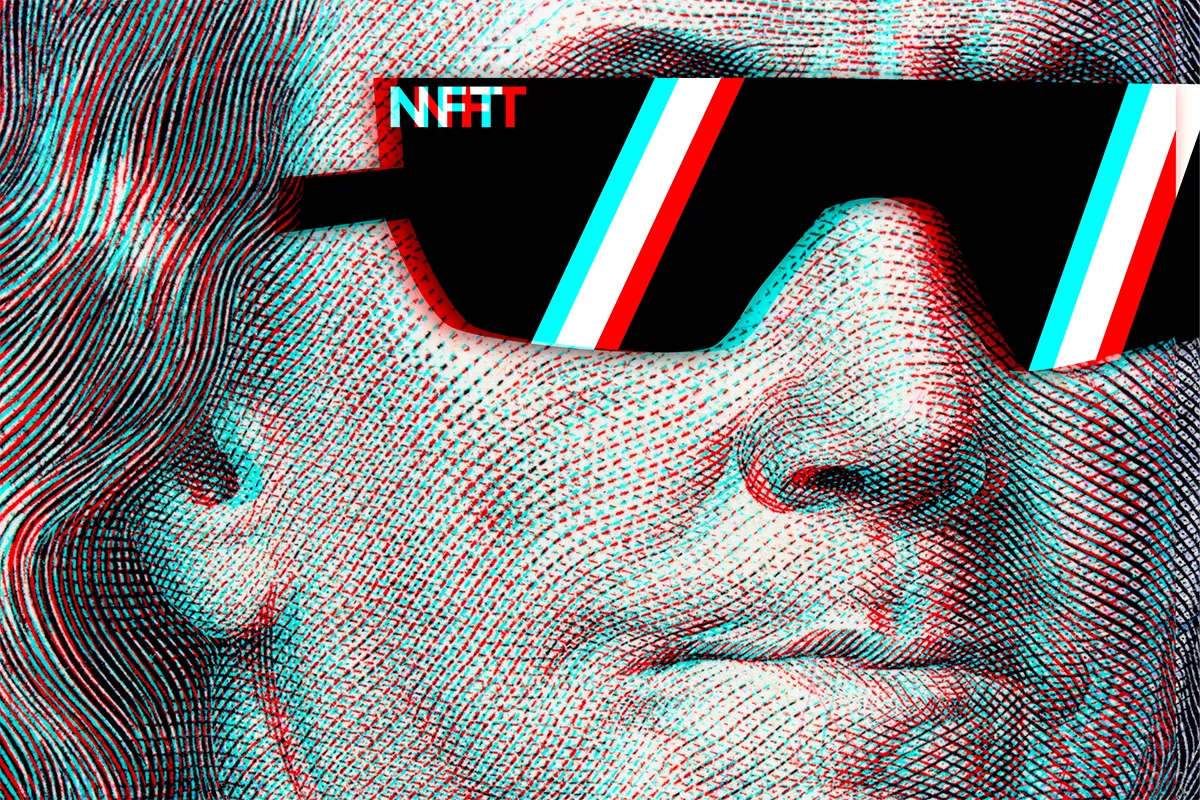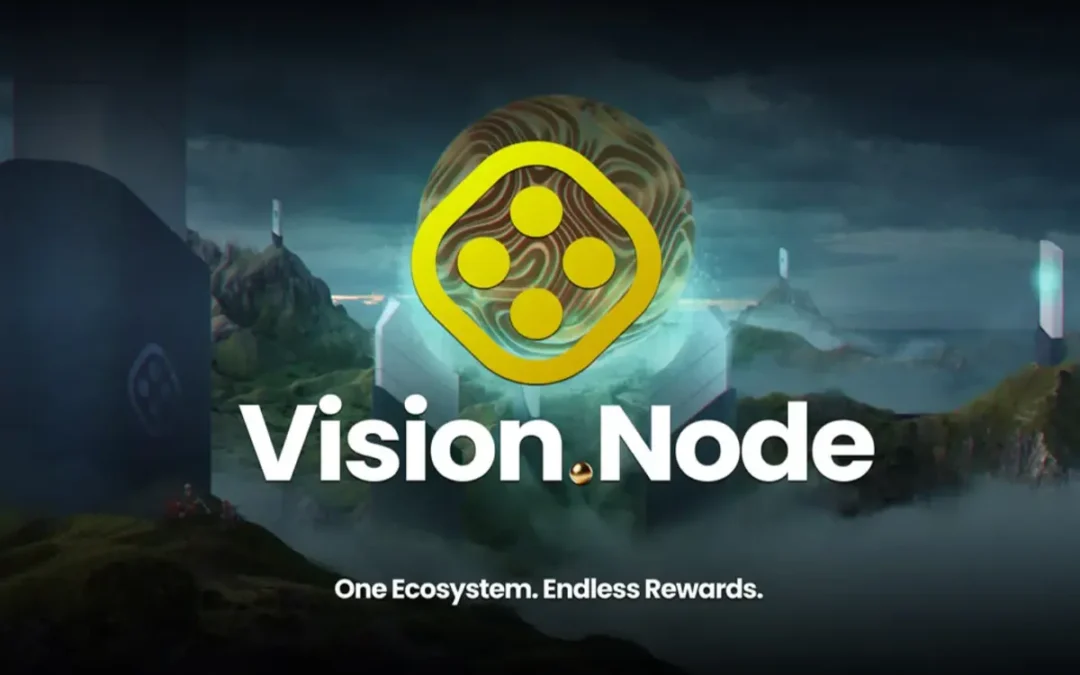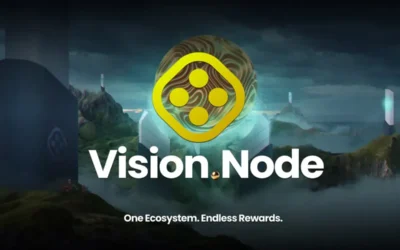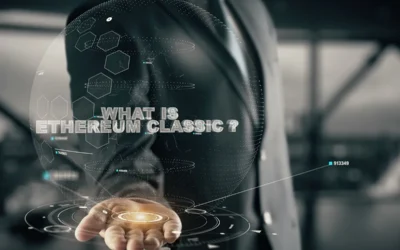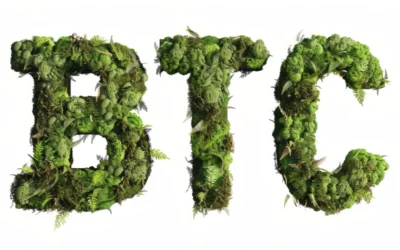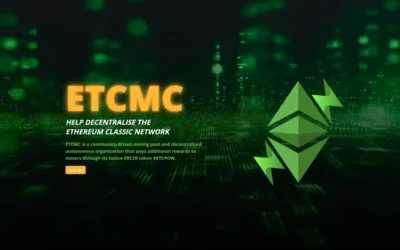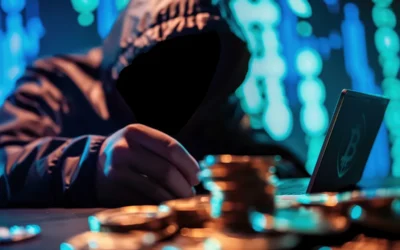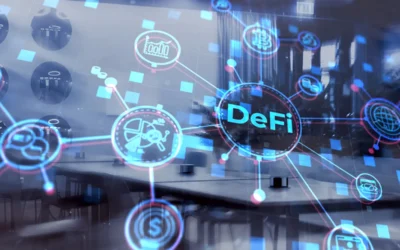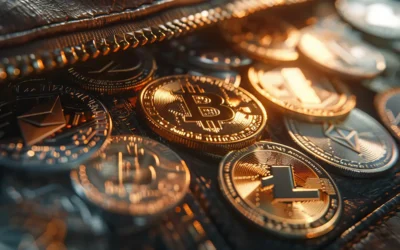Non-Fungible Tokens, or NFTs, have taken the world by storm, creating headlines and sparking debates across industries from art to gaming, and even real estate. For many, NFTs may seem like just another tech buzzword or a speculative trend. But behind the hype, NFTs represent a groundbreaking technology with the potential to reshape ownership, intellectual property, and even how we think about digital and physical assets.
In this blog post, we’ll break down what NFTs really are, how they’ve become so popular, our favorite ones and explore some of the real-world applications that extend far beyond digital art.
What is an NFT?
NFT stands for Non-Fungible Token. To understand what that means, it helps to break down the term:
- Non-Fungible: This means that something is unique and cannot be replaced by something else. For example, a one-of-a-kind piece of art is non-fungible because no other artwork can replace it. In contrast, a dollar bill is fungible because you can easily exchange it for another dollar bill, and both will have the same value.
- Token: In the context of blockchain, a token represents ownership of a specific digital or physical asset. Tokens are stored on a blockchain and can be transferred between users.
So, an NFT is a unique digital asset stored on a blockchain that certifies ownership and authenticity. Unlike cryptocurrencies like Bitcoin or Ethereum, where each unit is identical to the next (fungible), each NFT is distinct, with its own unique properties and value.
How Do NFTs Work?
NFTs are typically built on blockchain technology, most commonly on the Ethereum network. Ethereum’s blockchain allows developers to create “smart contracts,” which are self-executing contracts with the terms of the agreement directly written into code. These smart contracts enable the creation and transfer of NFTs.
When someone creates an NFT (a process called minting), they are essentially writing a unique token into the blockchain. This token contains information about the asset it represents, such as ownership details, metadata (descriptions, images, etc.), and sometimes even embedded smart contract rules (e.g., royalties for future resales).
Once an NFT is minted, it can be bought, sold, or traded like any other digital asset. However, because NFTs are unique, their value can vary greatly depending on factors like rarity, demand, and the reputation of the creator.
Why Have NFTs Become So Popular?
The popularity of NFTs skyrocketed in 2021, driven by high-profile sales, celebrity endorsements, and a growing interest in blockchain technology. Several factors contributed to this explosion:
- Digital Ownership: NFTs provide a way to prove ownership of digital assets, something that wasn’t possible before. Whether it’s a digital artwork, music track, or even a tweet, an NFT allows someone to claim it as their own, with ownership verifiable on the blockchain.
- Creator Empowerment: NFTs give creators (artists, musicians, etc.) more control over their work. By using smart contracts, creators can embed royalty structures into NFTs, ensuring they receive a percentage of sales every time their work is resold, even on secondary markets.
- Collectability: NFTs have tapped into the human desire to collect rare and valuable items, much like physical collectibles such as trading cards or fine art. The scarcity and uniqueness of certain NFTs drive their value and appeal to collectors.
- Community and Social Status: For many, owning a highly sought-after NFT is a way to show status and participate in exclusive communities. Some NFT projects offer more than just ownership, providing access to special events, content, or membership benefits.
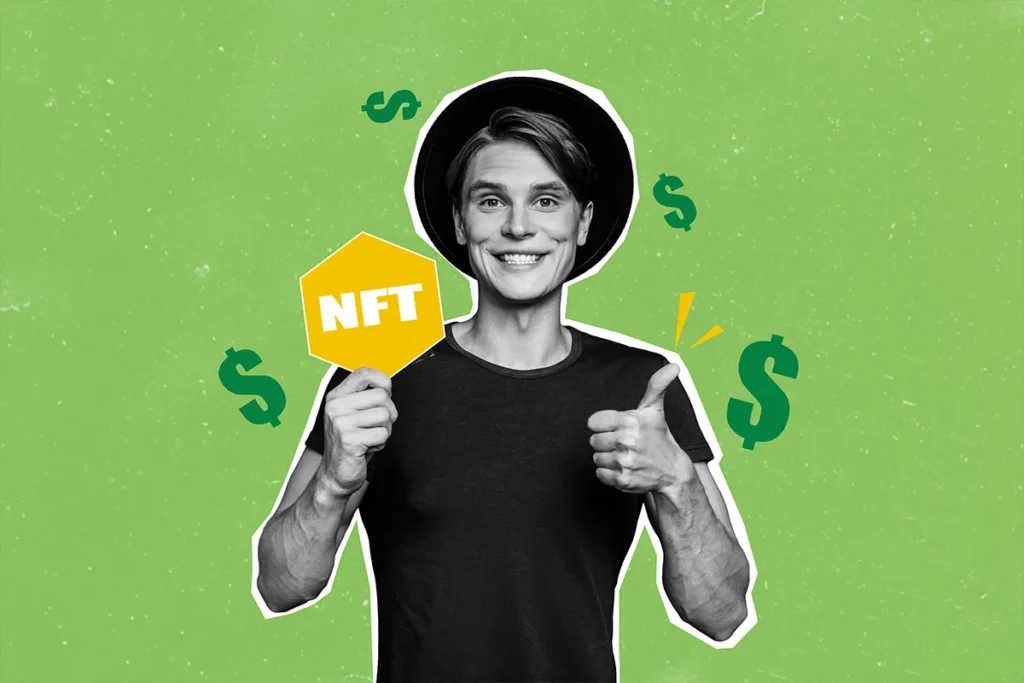
The Evolution of NFTs: Beyond Digital Art
While NFTs are most famously associated with digital art, their applications extend far beyond the art world. Below are some of the most exciting real-world applications of NFTs:
1. Gaming
NFTs are revolutionizing the gaming industry by allowing players to own in-game assets, such as characters, skins, weapons, and land, which they can trade, sell, or transfer across different games or platforms.
For example, in blockchain-based games like Axie Infinity and Decentraland, players can buy and sell NFTs representing virtual land or characters. This adds a new layer of value to gaming, where digital assets can have real-world worth.
2. Music and Entertainment
NFTs are giving musicians and creators new ways to distribute their work and engage with fans. By tokenizing their music or exclusive content, artists can sell it directly to fans without needing traditional intermediaries like record labels.
Musician Kings of Leon famously released an NFT album that included exclusive content, concert tickets, and special artwork. Artists can also embed royalties into their NFTs, ensuring they earn a percentage from secondary sales, which isn’t possible with traditional music distribution.
3. Real Estate
NFTs are making their way into the world of real estate, both virtual and physical. In virtual worlds like Decentraland or The Sandbox, users can purchase digital land as NFTs. In the real world, some companies are exploring the use of NFTs to tokenize real estate properties, making it easier to transfer ownership and reduce paperwork.
NFTs could eventually streamline real estate transactions, with properties being tokenized and sold via blockchain, reducing the need for brokers, lawyers, and other middlemen.
4. Intellectual Property and Licensing
NFTs are changing the way intellectual property (IP) is bought, sold, and licensed. By using NFTs to represent ownership of IP, businesses and creators can tokenize patents, trademarks, or copyrights, simplifying the licensing process.
For example, an inventor could mint an NFT representing the ownership of their patent. They could then sell or license the patent more easily, with all terms written into the NFT’s smart contract.
5. Ticketing and Events
NFTs are transforming the ticketing industry by providing a more secure and transparent way to sell and manage tickets for events. NFTs can be used as digital tickets for concerts, festivals, or conferences, reducing fraud and scalping.
Platforms like YellowHeart are already using NFT-based ticketing systems to provide verifiable digital tickets that can include exclusive perks, such as backstage access or unique digital merchandise.
The Future of NFTs: What’s Next?
The NFT space is still in its infancy, and while it’s already made a huge impact, we’re only beginning to scratch the surface of its potential. As technology and adoption evolve, we can expect NFTs to expand into more sectors, changing how we think about ownership and value across both digital and physical assets.
Here are a few areas where NFTs could play a larger role in the future:
- Identity and Credentials: NFTs could be used to represent digital identities or professional credentials, securely storing and verifying qualifications, licenses, or certifications on the blockchain.
- Supply Chain Management: NFTs could track and verify the authenticity of physical goods as they move through supply chains, helping to eliminate counterfeit products.
- Fractional Ownership: NFTs could enable fractional ownership of high-value assets like real estate, art, or luxury goods, allowing multiple people to invest in and share ownership of an asset.
Conclusion
The world of NFTs is vast, exciting, and full of potential. For us NFTs represent more than just a digital fad or a speculative trend. They’re about fundamentally changing the way we interact with assets, ownership, and the value of both digital and physical goods. Some of our favorite NFT’s are Bored Ape Yacht Club, Crypto Punks, Pudgy Penguins, Azuki & Crypto Gangs.
We’ve both been fascinated by the rapid growth of NFTs, not just because of the high-profile sales or celebrity endorsements, but because we see real potential for innovation. Whether it’s helping creators get paid fairly for their work, enabling gamers to truly own their digital assets, or even simplifying complex real-world transactions like real estate, NFTs are opening doors that didn’t exist before.
We’ve each explored the NFT space from different angles—investing in projects, creating NFTs, and understanding how blockchain technology can support new industries. And while the world of NFTs is still evolving, one thing is clear: this technology is here to stay, and its real-world applications are just beginning to unfold.
Our advice? Don’t be afraid to dive in and explore this exciting space. Whether you’re an artist, collector, gamer, or just someone curious about the future of technology, there’s something in the NFT world for you. And if you’re feeling overwhelmed, that’s okay—Lee and I have both been there. Take it one step at a time, stay curious, and most of all, enjoy the journey.
NFTs are changing the game, and we’re excited to see how they’ll continue to shape the future of ownership, creativity, and commerce. Stay tuned for more NFT news soon!
Ty,
Team #CodeIsLaw


